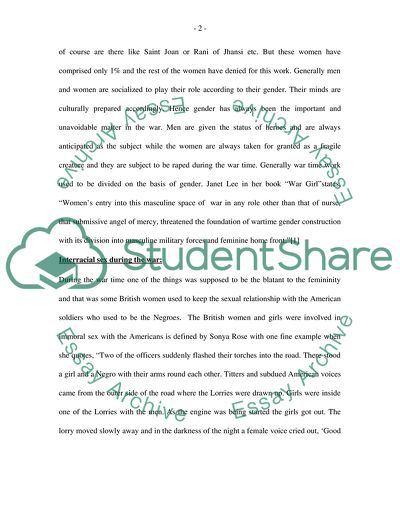Cite this document
(Gender History Coursework Example | Topics and Well Written Essays - 2000 words, n.d.)
Gender History Coursework Example | Topics and Well Written Essays - 2000 words. Retrieved from https://studentshare.org/gender-sexual-studies/1547479-gender-history
Gender History Coursework Example | Topics and Well Written Essays - 2000 words. Retrieved from https://studentshare.org/gender-sexual-studies/1547479-gender-history
(Gender History Coursework Example | Topics and Well Written Essays - 2000 Words)
Gender History Coursework Example | Topics and Well Written Essays - 2000 Words. https://studentshare.org/gender-sexual-studies/1547479-gender-history.
Gender History Coursework Example | Topics and Well Written Essays - 2000 Words. https://studentshare.org/gender-sexual-studies/1547479-gender-history.
“Gender History Coursework Example | Topics and Well Written Essays - 2000 Words”. https://studentshare.org/gender-sexual-studies/1547479-gender-history.


